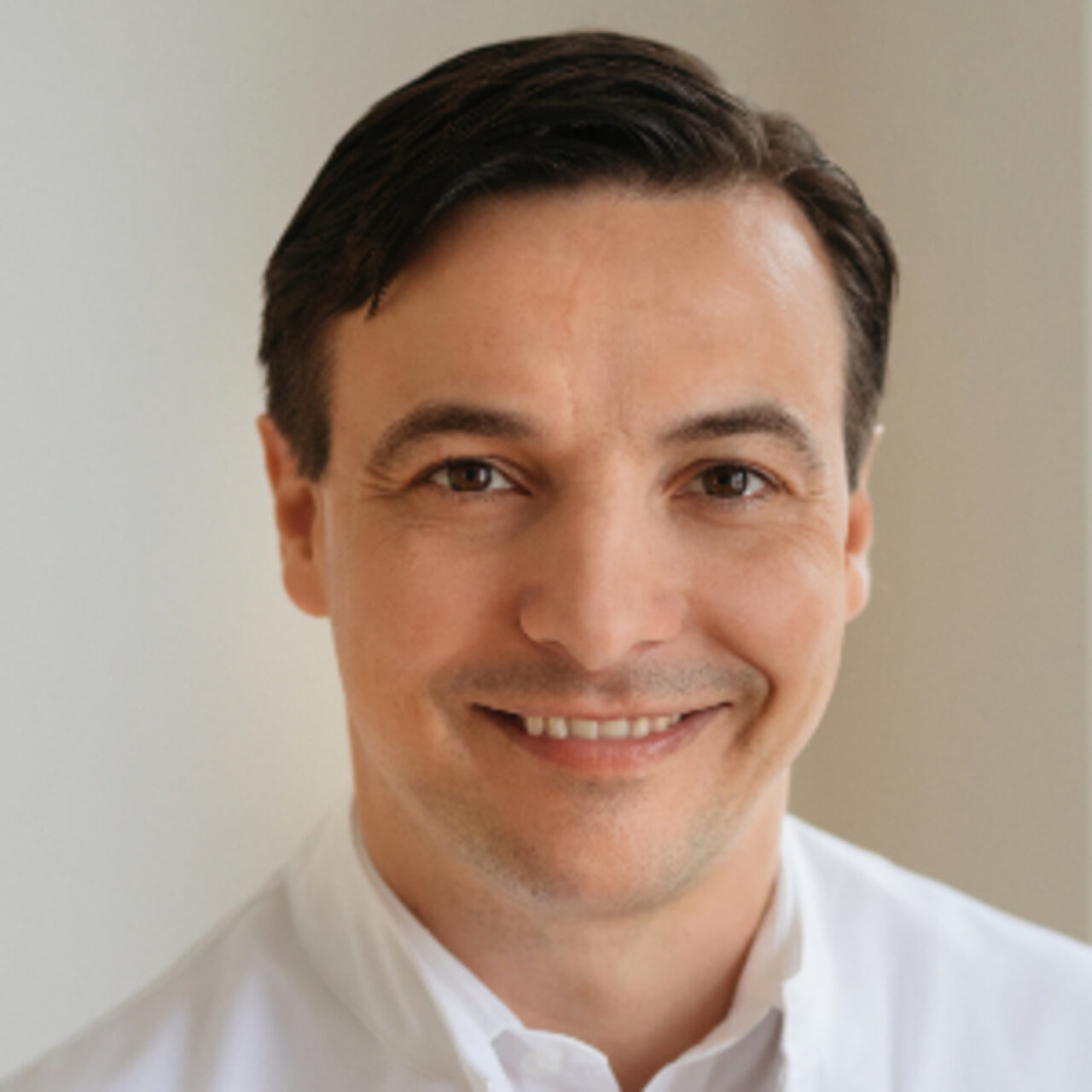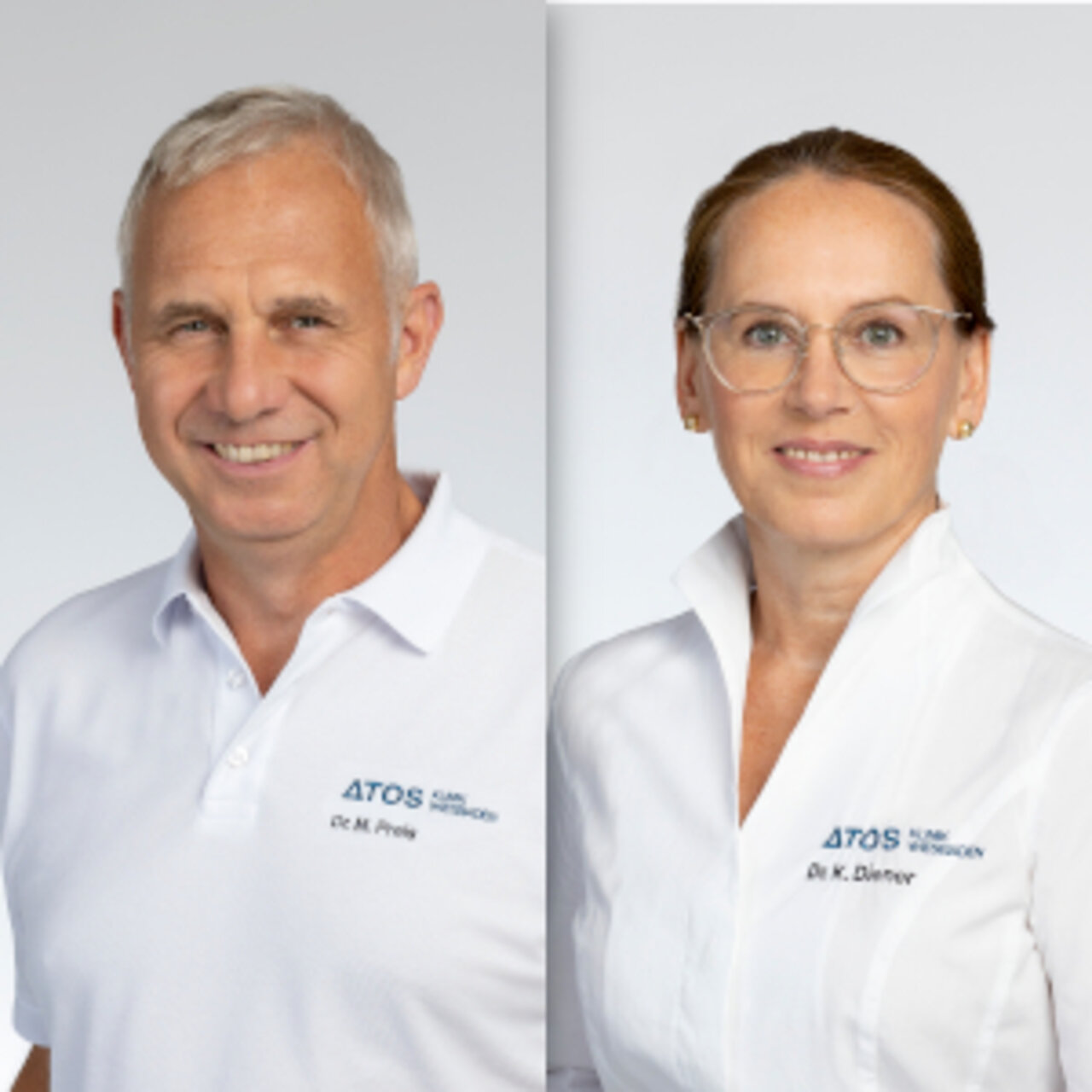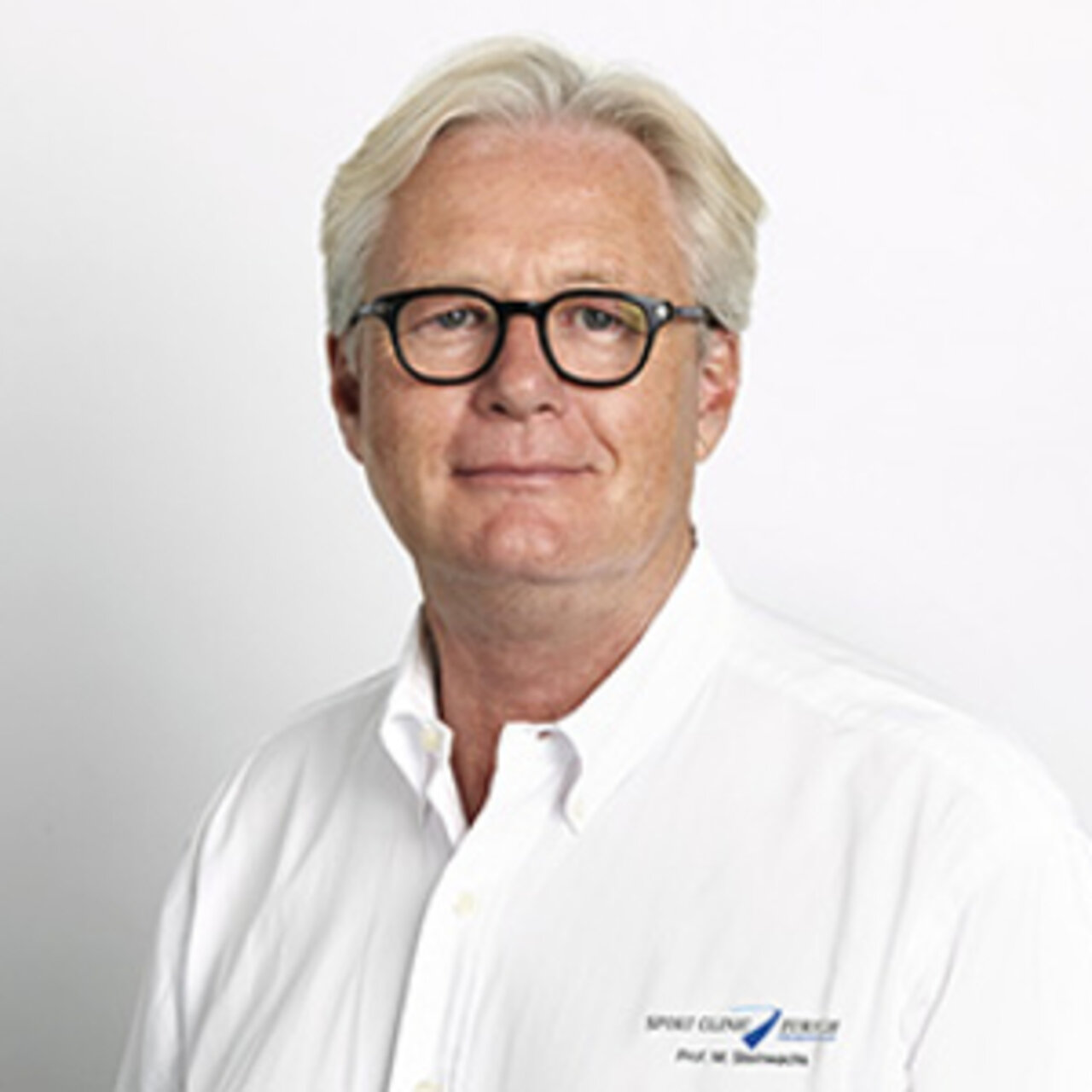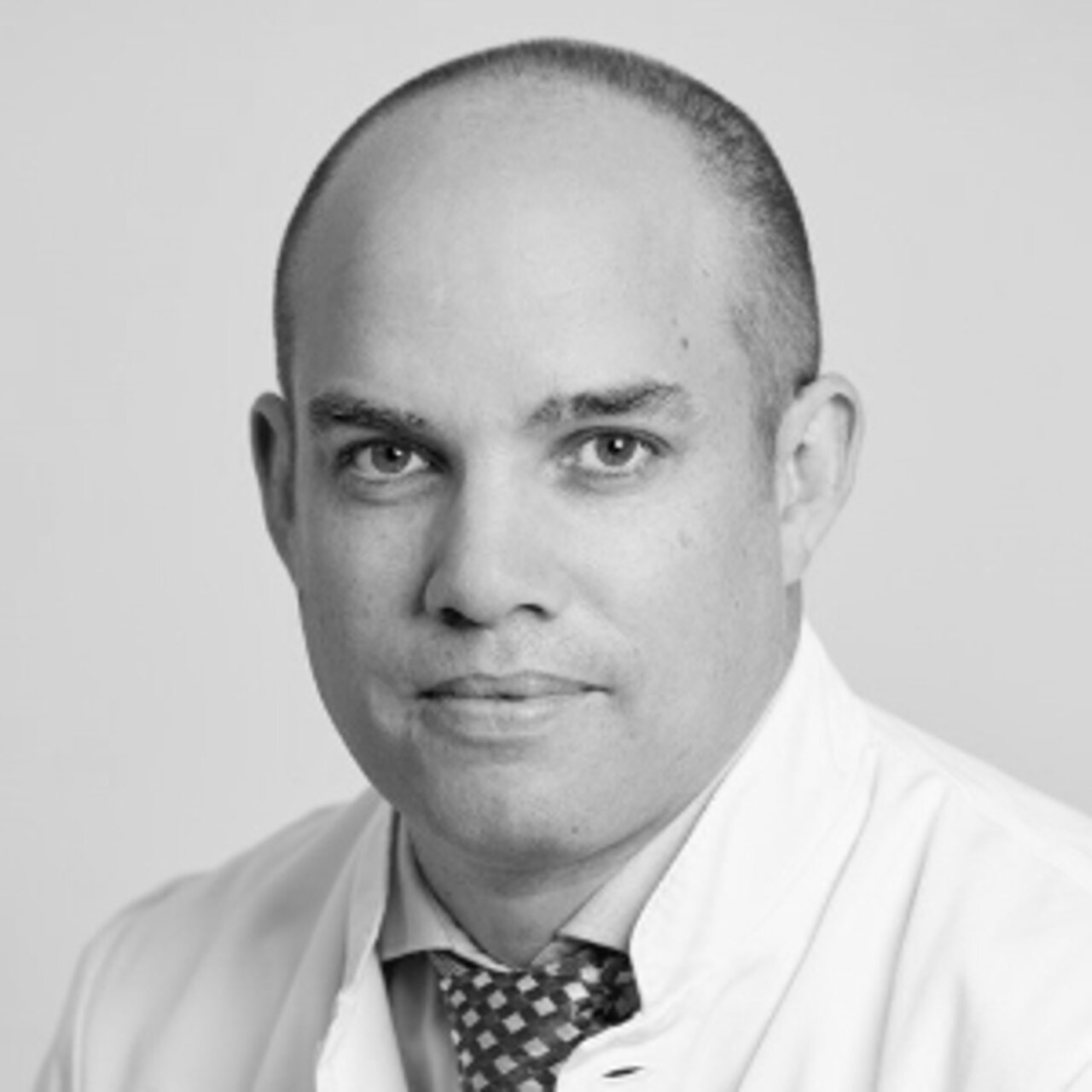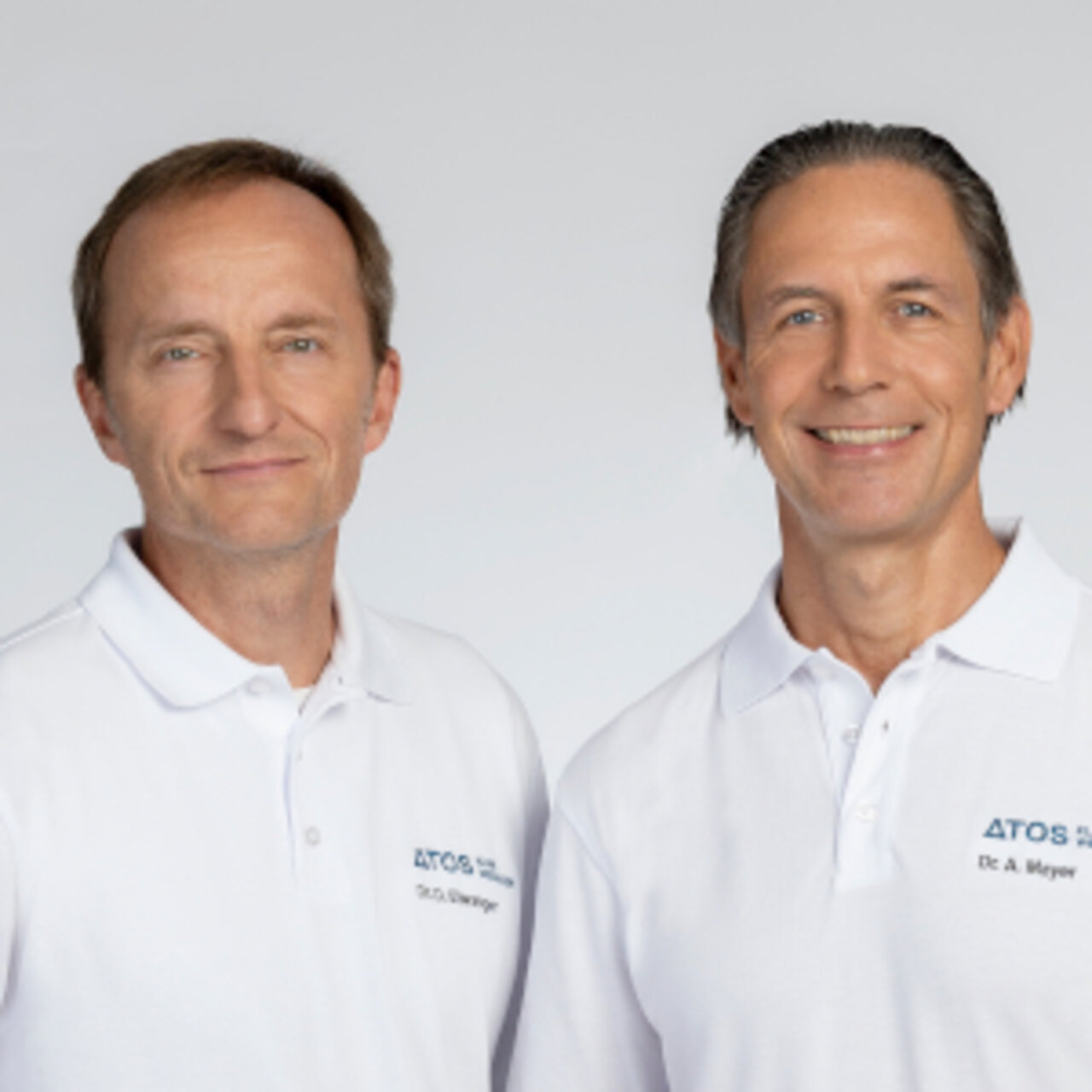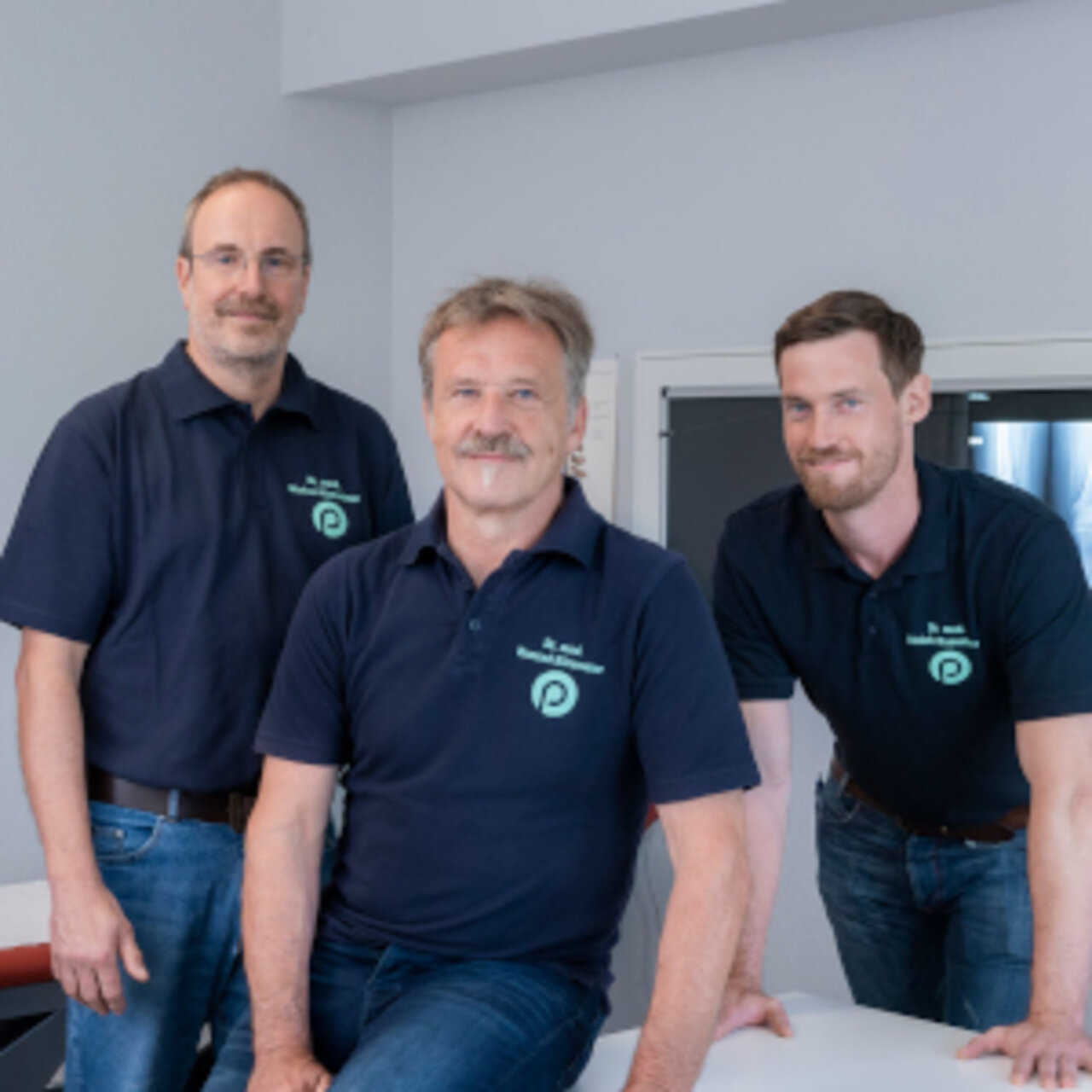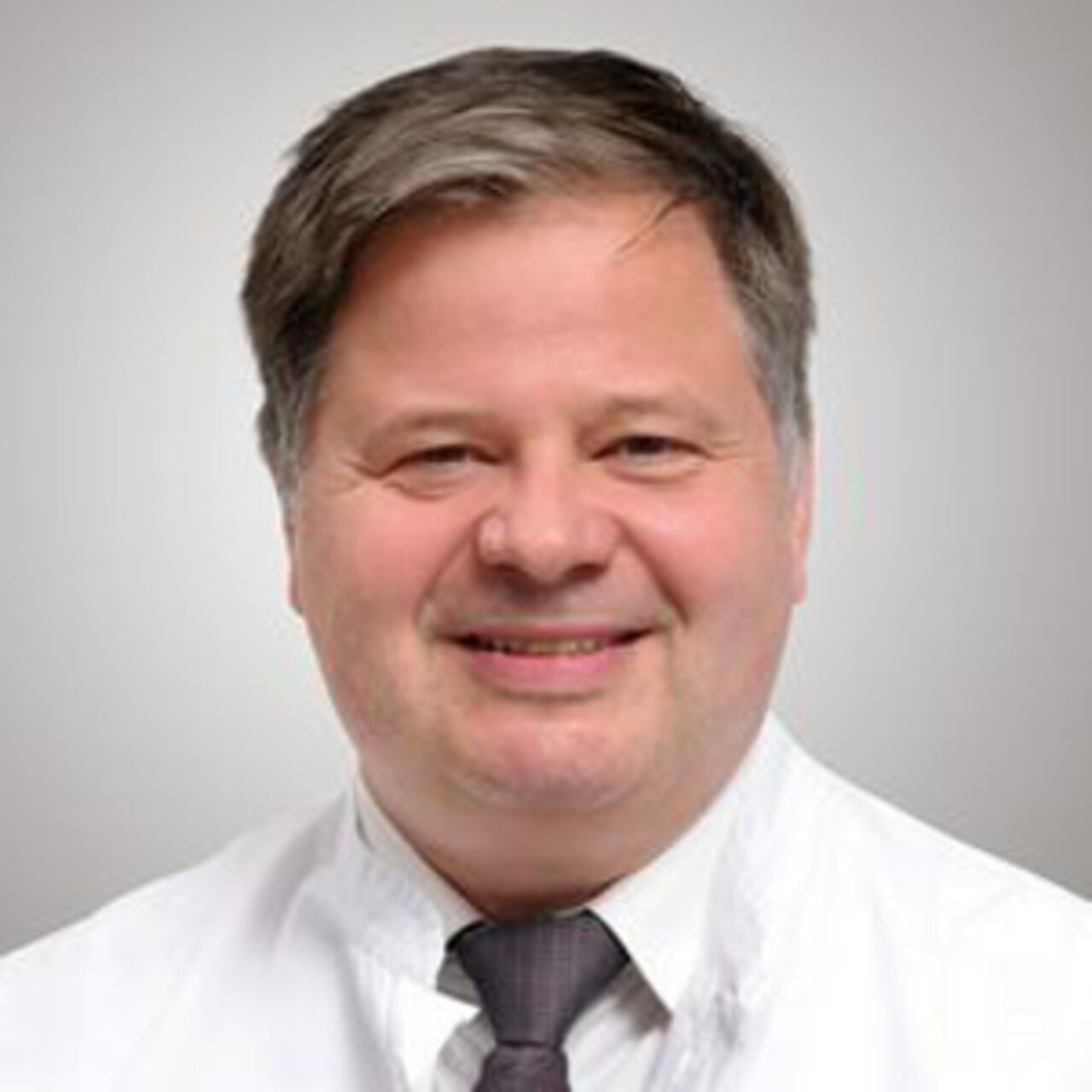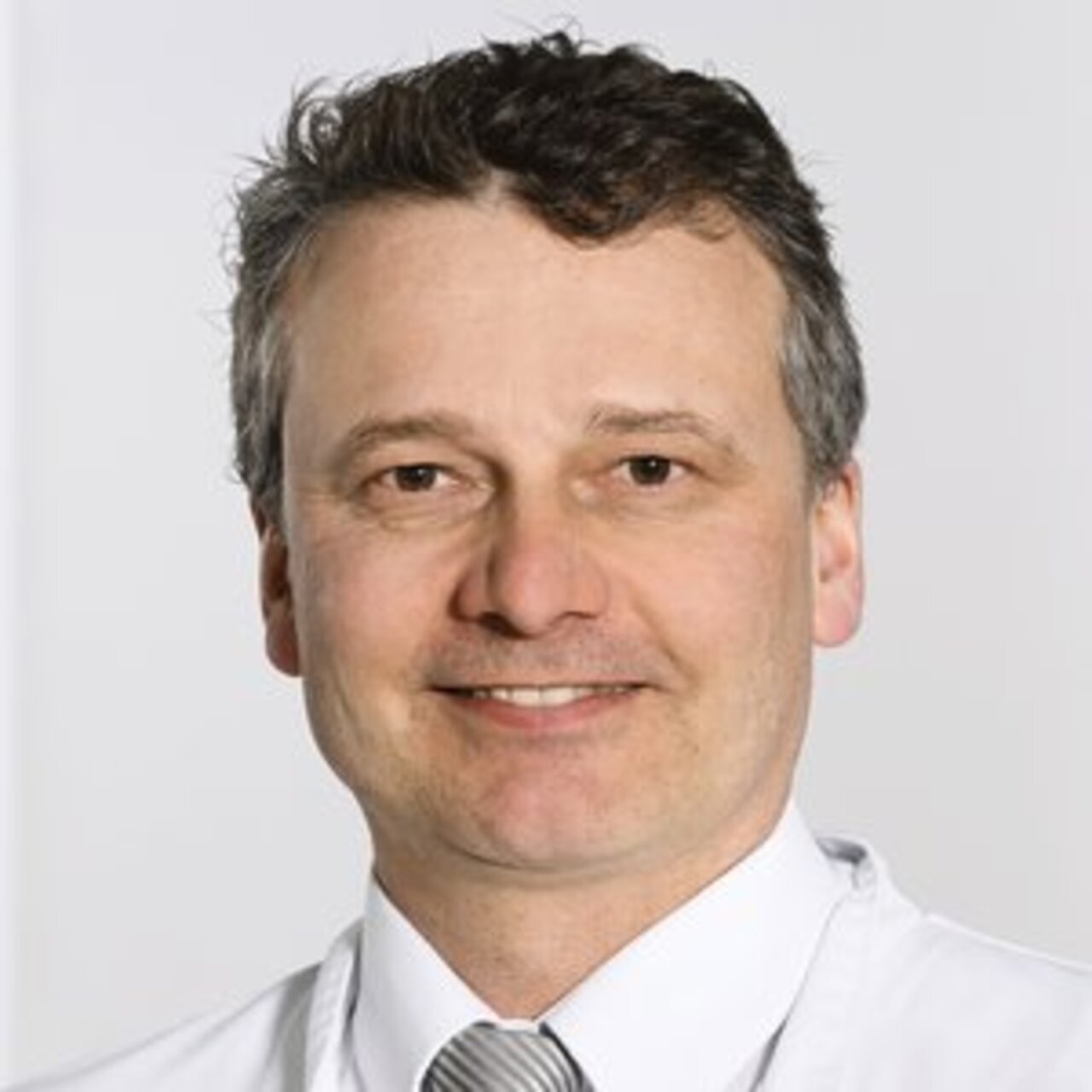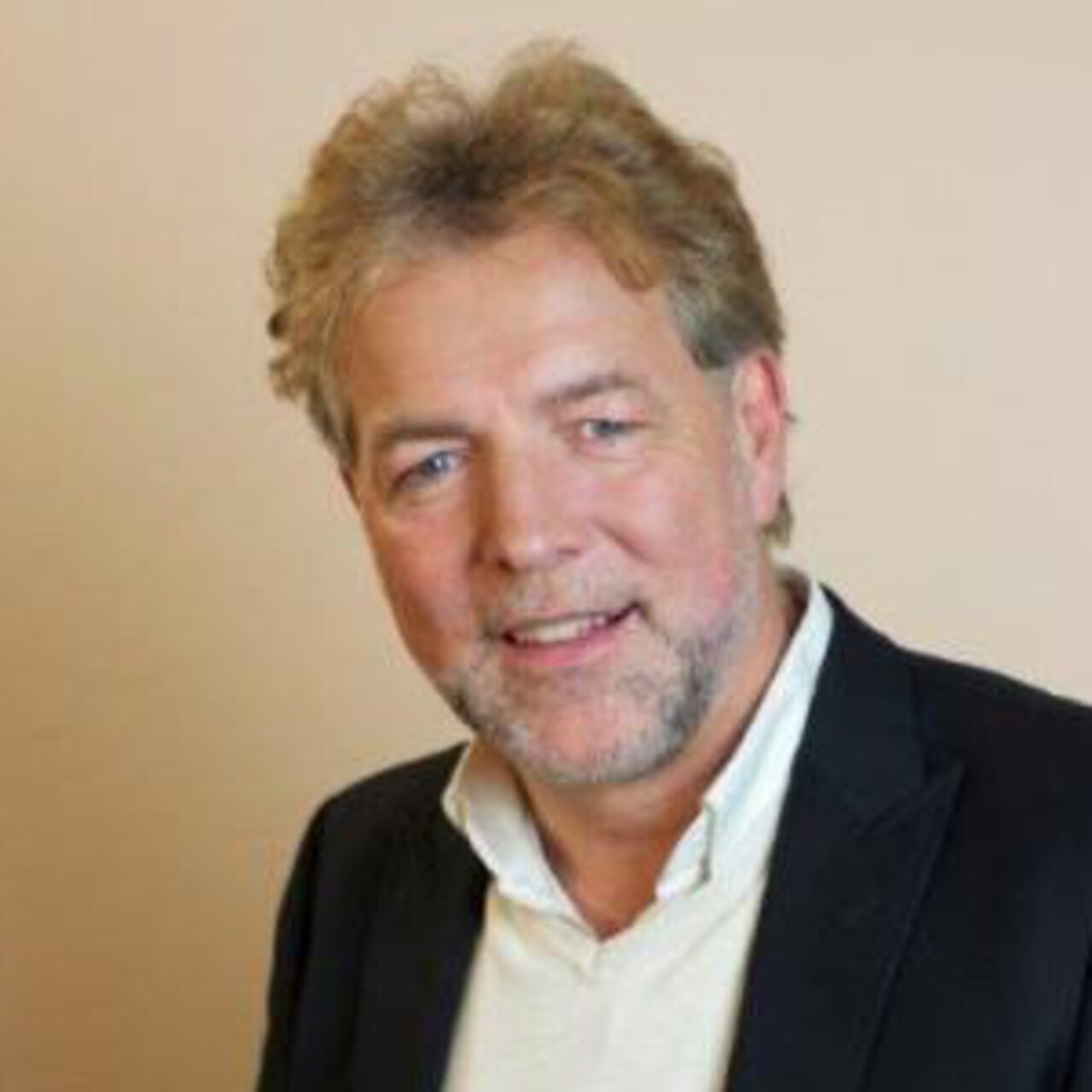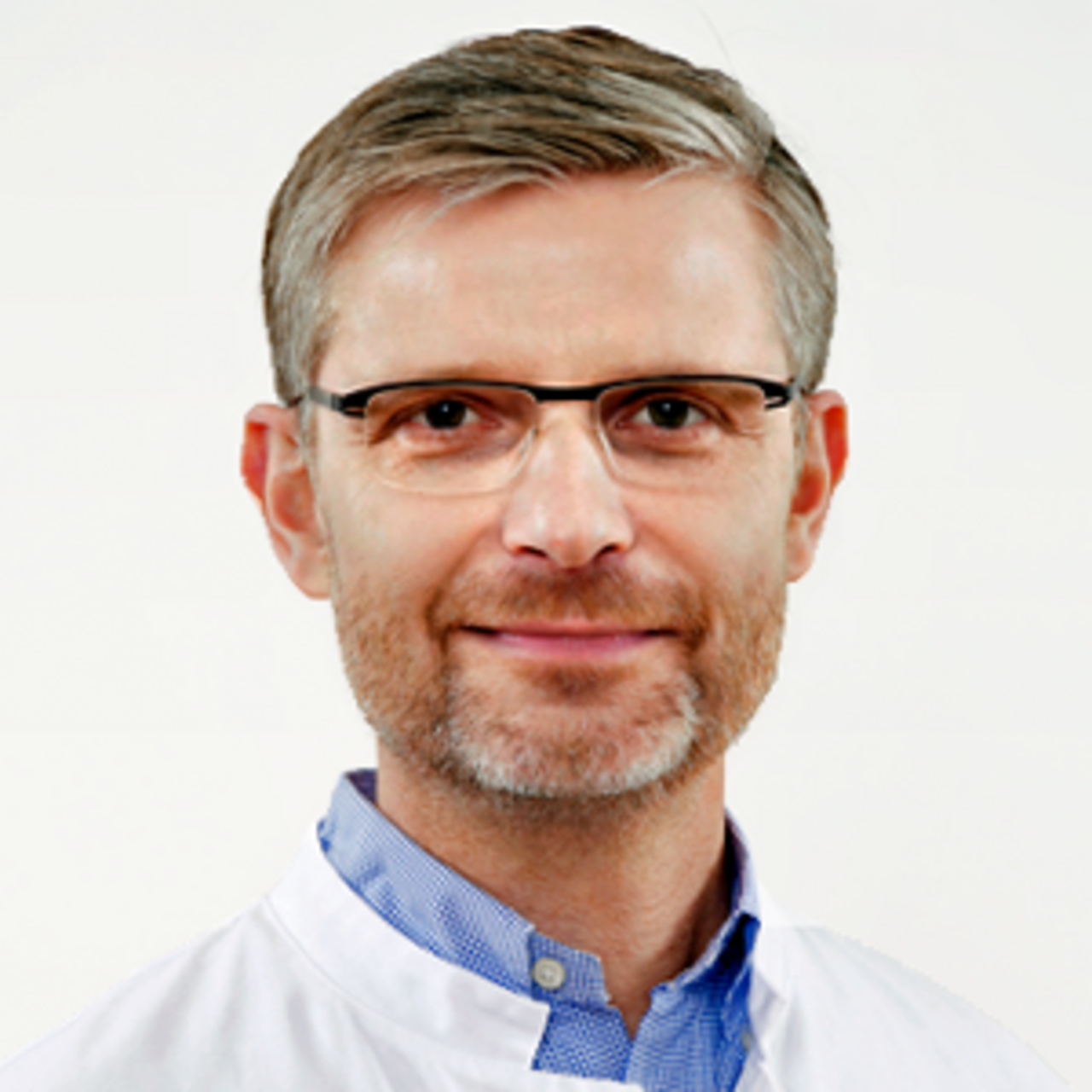Specialists in Cartilage Transplantation
18 Specialists found
Information About the Field of Cartilage Transplantation
What is Cartilage Cell Transplantation?
Cartilage cell transplantation is a medical procedure for treating minor cartilage damage. In cartilage cell transplantation, the body's cartilage cells are first multiplied with the help of a nutrient solution and then placed into the damaged joint cartilage, which allows the cartilage to regenerate. Distinct or bilateral cartilage defects are exclusion criteria for cartilage transplantation. The aim is to prevent severe cartilage damage and preserve the body's joint cartilage for as long as possible.
When is Cartilage Transplantation Advisable?
Cartilage transplantation can be a therapeutic option for various types of cartilagedamage. A common reason is early wear and tear of the joint in cases of cartilage damage caused by osteoarthritis, such as knee osteoarthritis, hip osteoarthritis, or ankle joint osteoarthritis. Cartilage cell transplantation can also be used for cartilage damage caused by accidents or early wear and tear in competitive athletes (skiing, football, etc.).
The prerequisites for cartilage cell transplantation are small, deep cartilage defects (down to the bone) of 2-6 cm² or large, flat cartilage defects of up to 10 cm². The patient should be between 16 and 55 years old to achieve a good result.
Which Joints Can Be Considered for Cartilage Transplantation?
Cartilage transplantation has been used for about 15 years. In technical jargon, the procedure of cartilage transplantation is also known as ACT = autologous chondrocyte transplantation (autologous = from the patient's body, chondrocytes = cartilage cells). The procedure is most frequently carried out on the knee joint. Cartilage transplantation can also be a therapeutic option for cartilage damage to the hip and ankle joints.
The Cartilage Transplantation Procedure
At the beginning of the cartilage transplantation, the patient has a consultation with the orthopedist or trauma surgeon. The patients describe, among other things, the complaints, physical symptoms, the duration of the problems, and previous surgeries, which is followed by the physical examination with specific joint tests to check the range of movement, stability, and pain sensation.
The cartilage cells are harvested by arthroscopy of the joint. During this procedure, the orthopedist removes a tiny cartilage piece from the unloaded edge of the joint. The harvested cells can be multiplied in the laboratory. Cartilage cultivation takes about 4-6 weeks. After that, the cartilage cells are placed into the area of the joint defect.
The transplantation is carried out in the same way as the cartilage harvesting using the keyhole technique of arthroscopy. Three small holes are made in the area of the knee joint. One hole is used to insert the optics; the others provide space for the microsurgical instruments. To ensure that the cartilage cells can be adapted to the defect area precisely, they are placed in a suitable piece of fleece or gel, which is placed into the defect. This surgery takes about 30-60 minutes.
Chances for Success of Cartilage Transplantation
During the slow ingrow of the cartilage, a 6-week partial load on the joint is essential. Maintaining mobility and range of motion should be guaranteed by passive movement exercises of the knee, hip, or ankle joint. Physiotherapy in the course of orthopedic rehabilitation and electric movement splints help.
After this time, sports that are easy on the joints can be started (swimming). From the 6th month onwards, jogging is also permitted again. Knee-straining sports such as skiing or playing football should only be resumed after about one year. Around 80% of the treated patients still have no pain in the knee joint ten years after the cartilage transplantation and enjoy a wide range of sports activities.
Cartilage transplantation is a quick and straightforward surgery with excellent chances of success. Since the defective cartilage is replaced with the body's cartilage, the cartilage cell transplantation is not associated with any rejection reaction of the body.
Which Doctors and Clinics in Germany, Switzerland, and Austria Are Specialized in Cartilage Transplantation?
Every patient who needs cartilage transplantation wants the best medical care. Therefore, the patient is wondering where to find the best clinic or specialist. Cartilage transplants of the knee, hip, or ankle joint are proven procedures for cartilage reconstruction in orthopedics. The more cartilage cell transplants are carried out; the more experienced the doctor becomes in the field. Specialists in cartilage transplantation are orthopedic surgeons who specialize in the treatment of cartilage damage. Thanks to their experience and many years of working as orthopedic surgeons specializing in cartilage surgery, they are the right professionals to contact for cartilage transplants. Many orthopedic surgeons today specialize in the care of certain joints. We have knee specialists and foot specialists in Germany, Austria, and Switzerland.
Quality assurance of the medical information by PRIMO MEDICO and certifications
Sources:
Winker, Karl-Heinrich (2011): Facharzt Orthopädie Unfallchirurgie. Munich: Urban & Fischer.
Grifka, Joachim (2011): Orthopädie und Unfallchirurgie. Für Praxis, Klinik und Facharztprüfung ; mit 155 Tabellen. Berlin [u.a.]: Springer.


